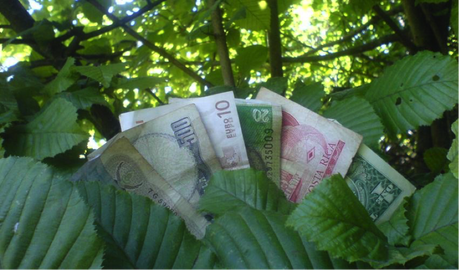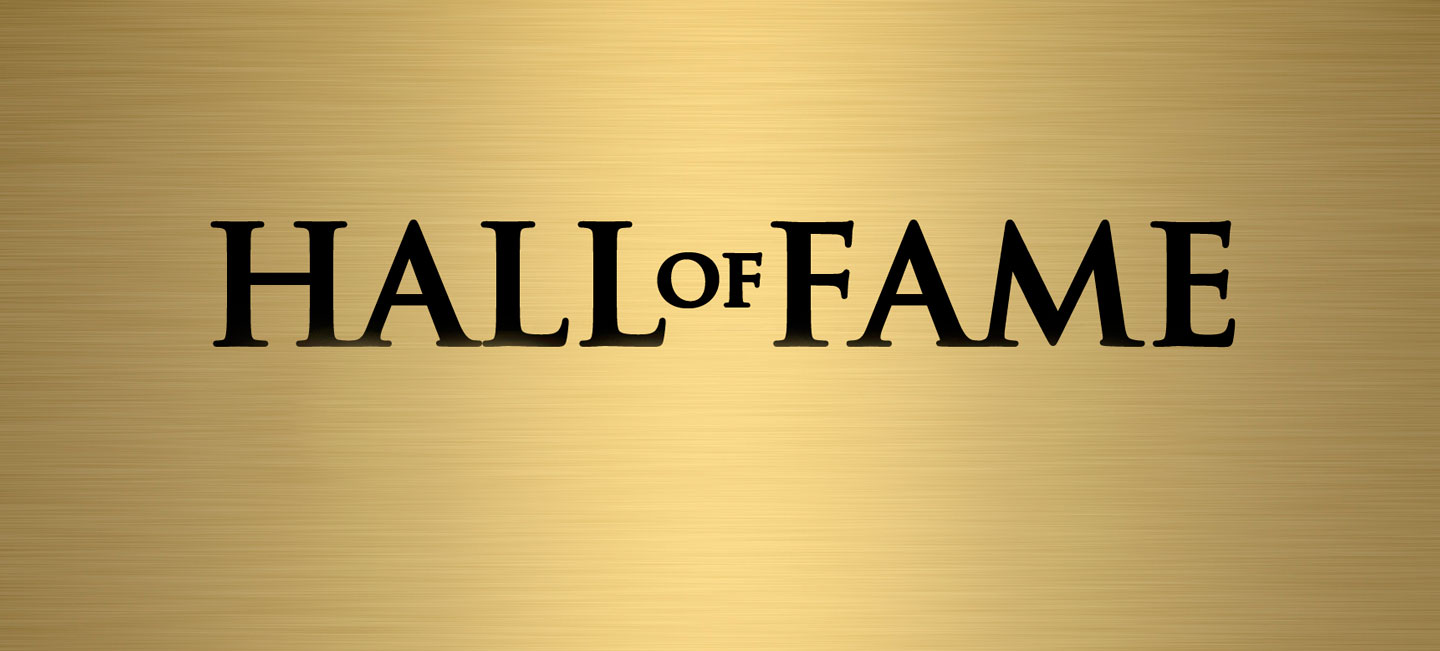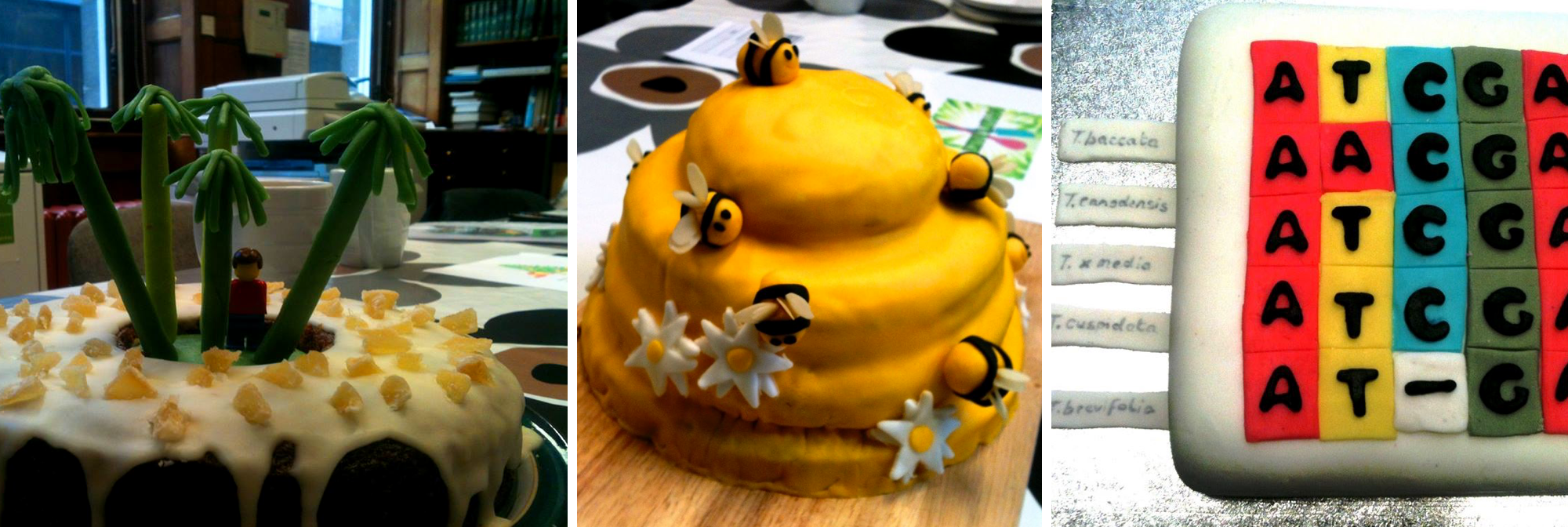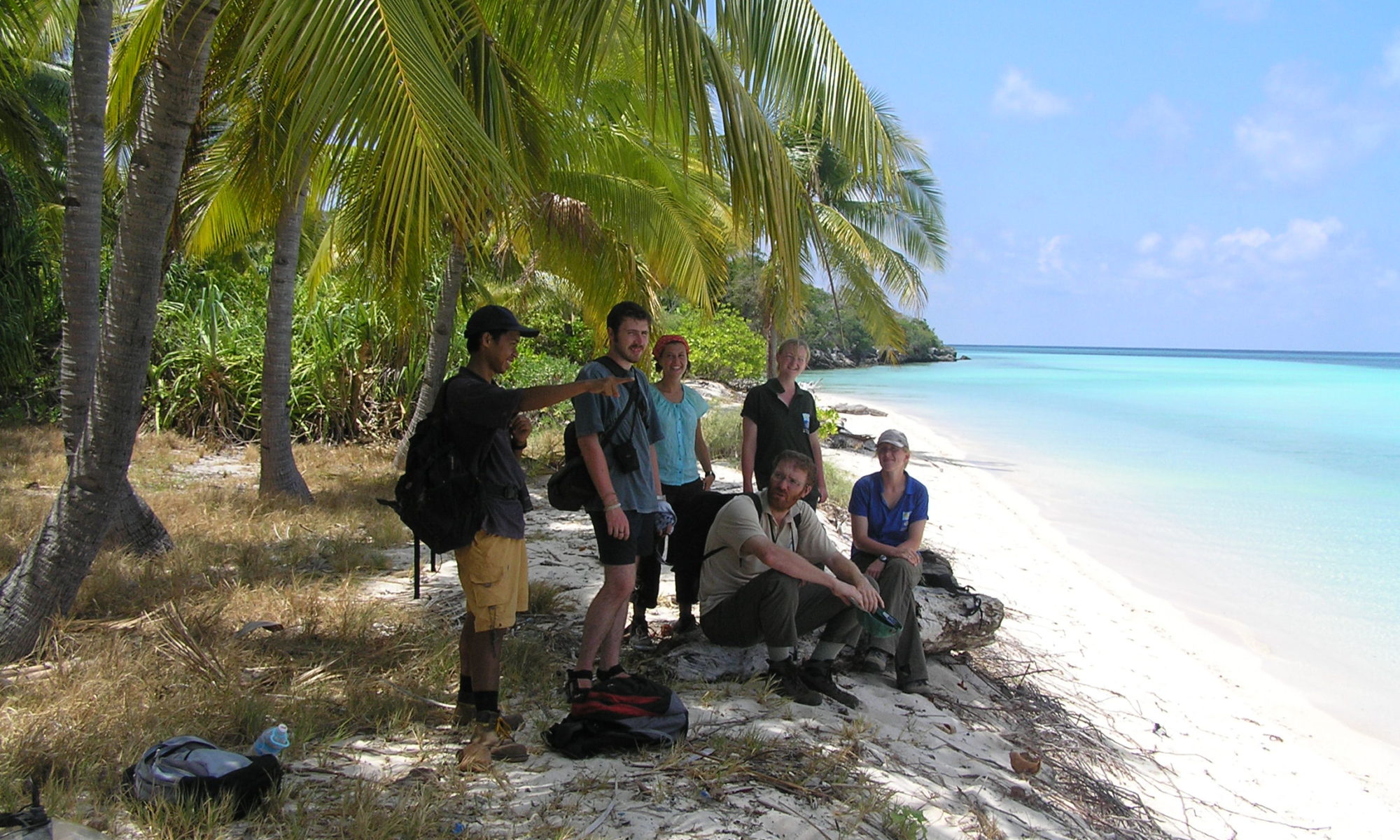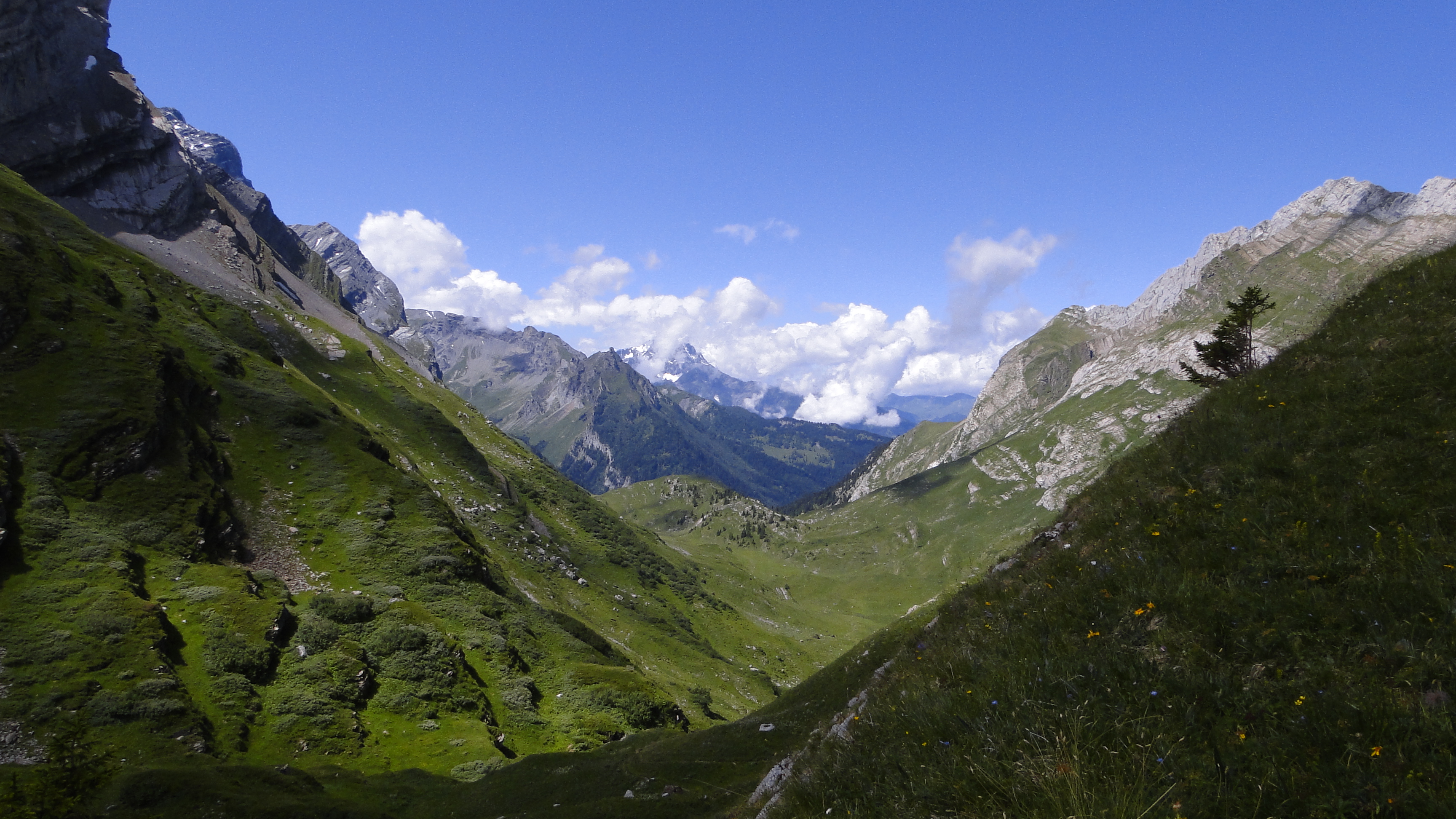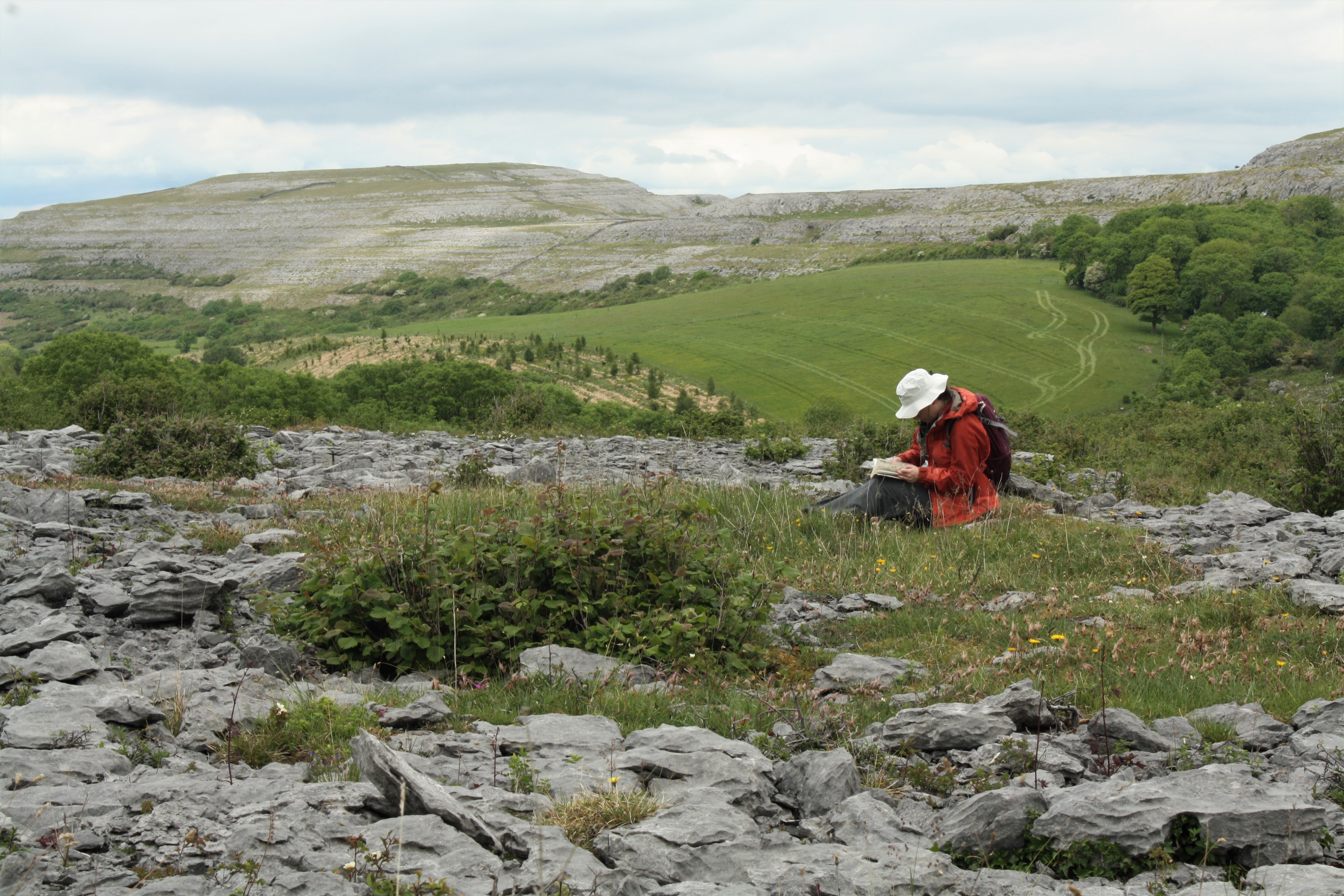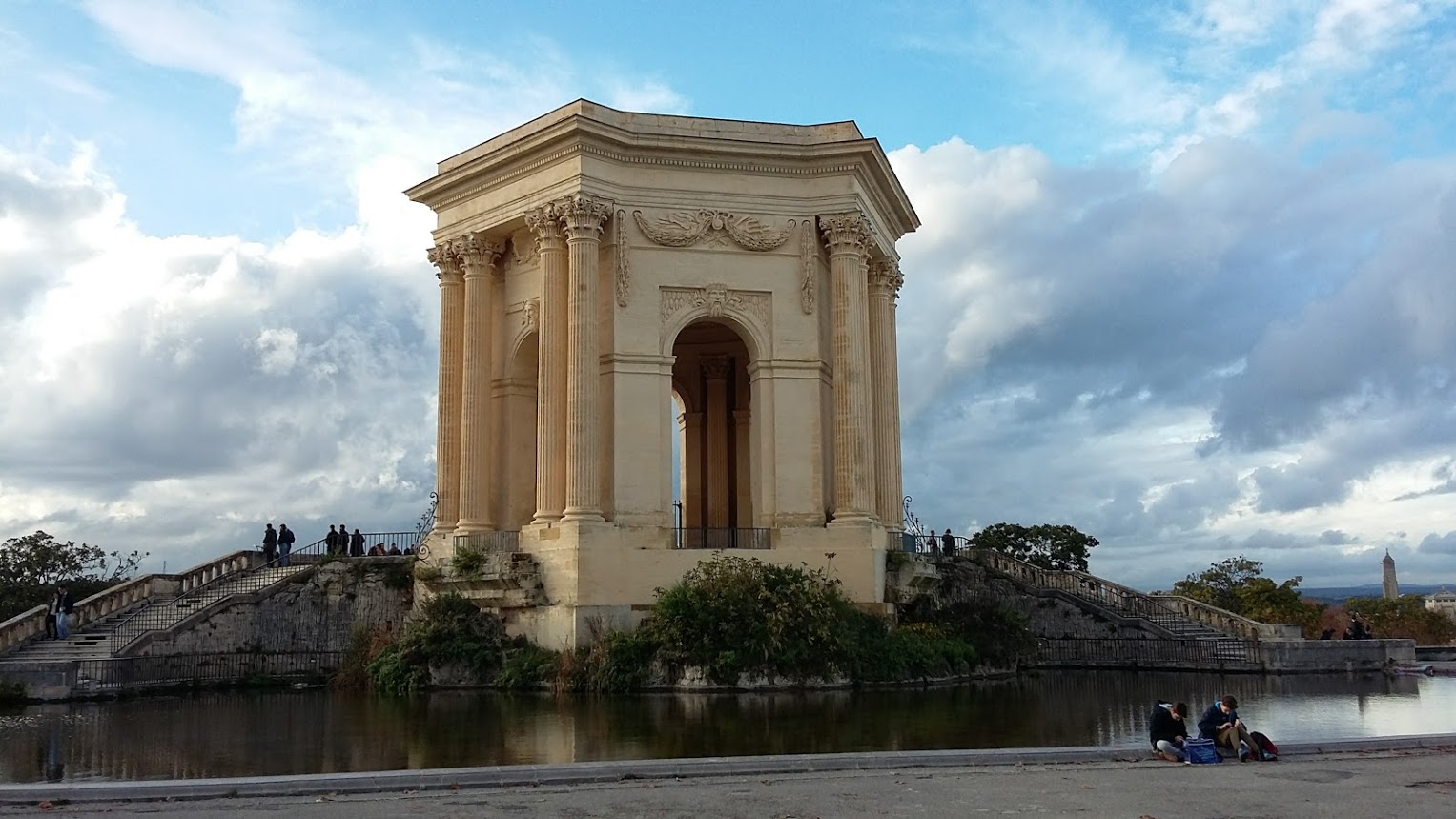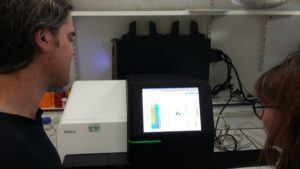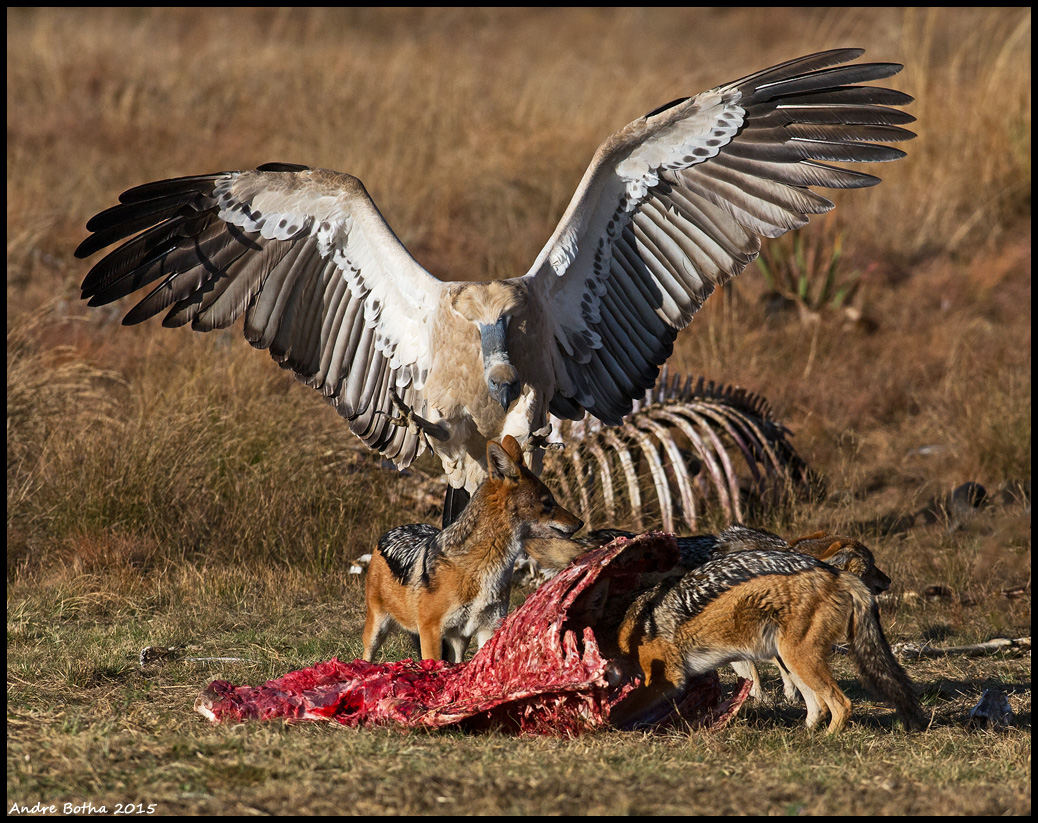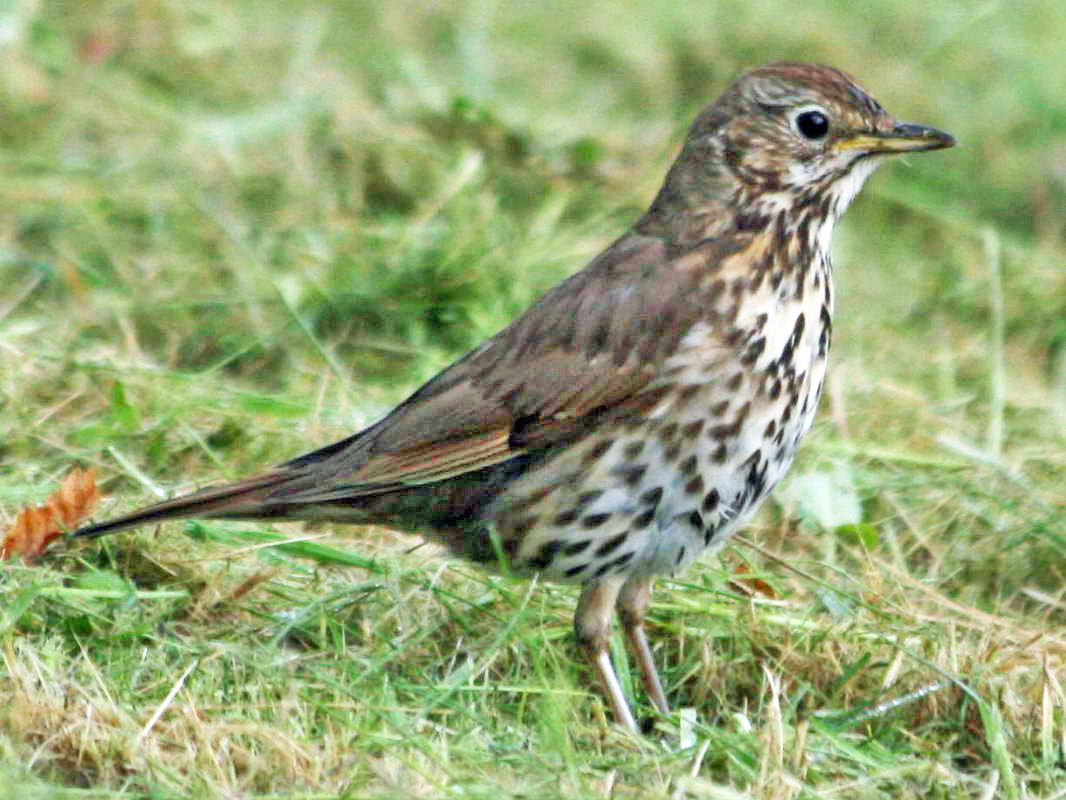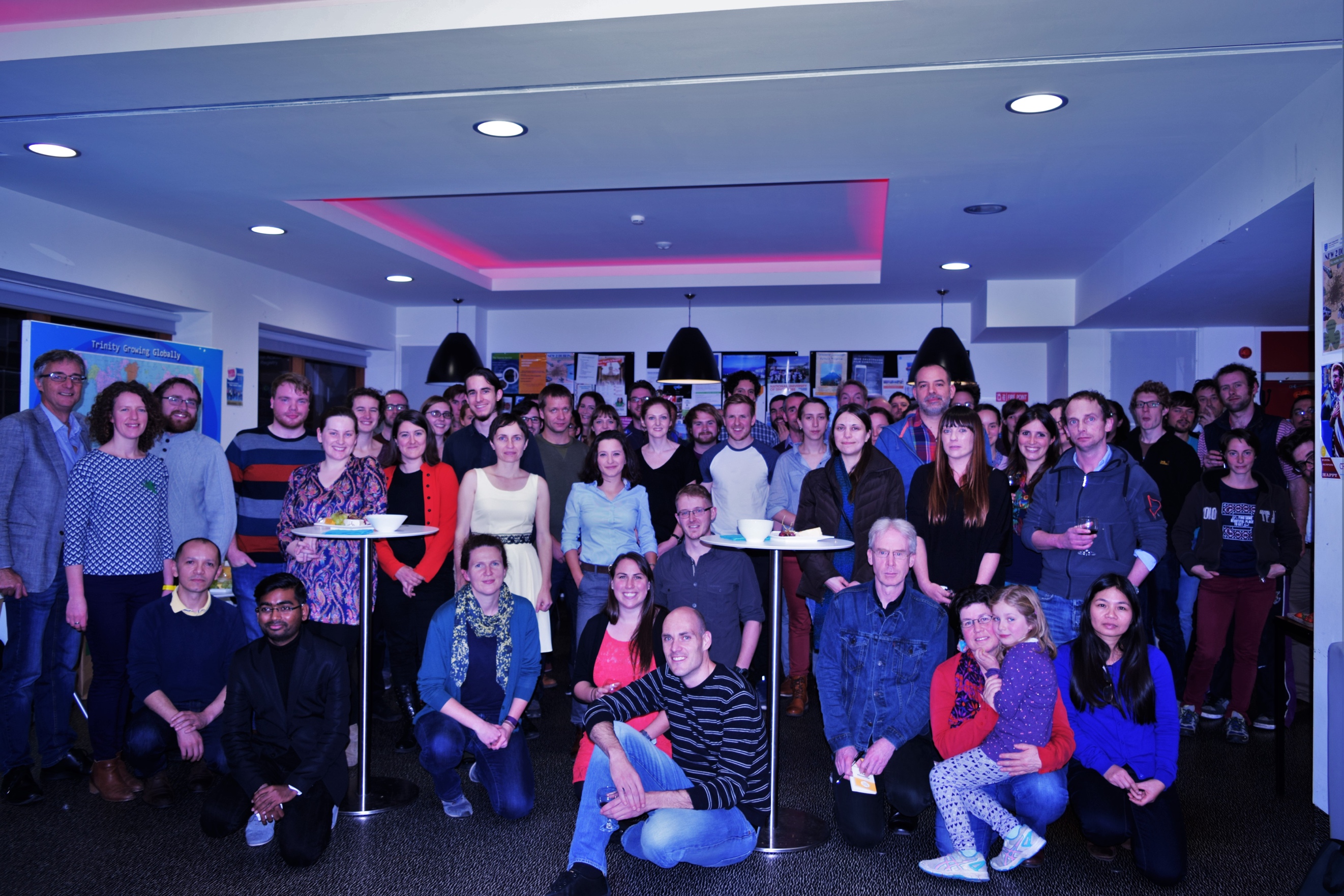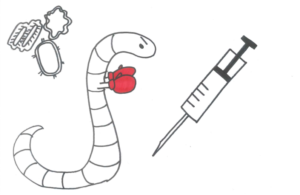Inspired by the sciency Valentines from Twisted Doodles and E/V Nautilus the researchers at Trinity College decided to spread a little research love this Valentine’s Day. Unfortunately, we missed the boat on Valentines Day so a month later we are celebrating the romantic holiday of White Day, celebrated across Asia! White day is a chance for those who received valentines gifts to return the favour, but since milk or dark chocolate is usually given on valentines, white chocolate is given on white day to show that the gifts are not simply being recycled from the previous month.
So, with our undying love for our research at the front of our minds, we put together this collection of our most eye-wateringly romantic scientific sentiments, perfect to send to your loved one this White Day.

“Acanth live without you” – Paula Tierney
“If I had the whole zoo, I would still choose you!” – Andrew Mooney Continue reading “Research White Day Greetings”


